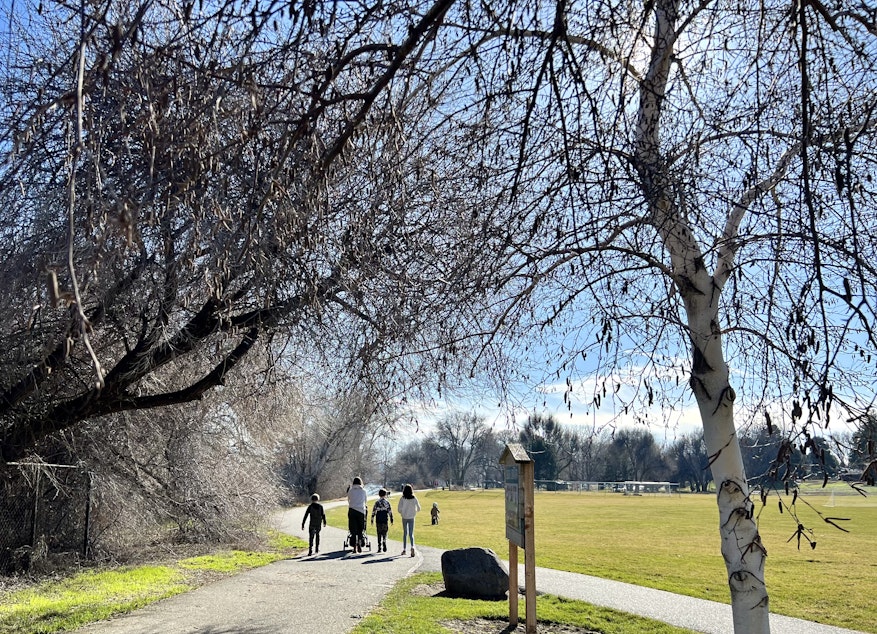Study: As the climate changes, the desert Tri-Cities is actually getting cooler

A new study has found – when it comes to climate change – Washington’s Tri-Cities is facing the opposite situation as many large cities. The temperature patterns have gotten cooler, likely because of greener farmland and parks. This “urban cool effect” is something researchers said could be found in more mid-sized desert cities like the Tri-Cities.
Typically, urbanization research focuses on large cities, covered in concrete. Scientists wanted to know what was happening in less dense places that are adding more lawns, parks and have nearby farmland.
The study took data from three weather stations in the Tri-Cities area, one near Leslie Groves Park, one near the cable bridge and one near farmland on the Snake River. The data spanned 1950-2020, said Jingyi Chen, the study’s lead author and an earth scientist at Pacific Northwest National Laboratory.
The scientists were curious what was happening in their own backyard, she said, after the 2021 heat dome. What they found was a surprise, but it made sense, she said.
The growing green spaces blunted the heating effects of climate change, she said, especially near farmland.
Sponsored
“This link is strongest in the summer and weakest in the winter, which compares to the lifetime of the crops,” Chen said.
While there are limitations of studying these complex microclimates with only a few weather stations, lab scientist TC Chakraborty said more green spaces could be key in the future.
“Vegetation plays a pretty large role in local cooling. So, for cities which are getting warmer, more urban greening is one way forward,” Chakraborty said.
In the Tri-Cities region, irrigation likely is less expensive, he said, with three rivers flowing nearby.
It’s often hard to get such localized data, researchers said. However, other arid cities could see some of these unexpected cooling effects in similar complex microclimates while studying climate change, said Zhao Yang, an earth scientist at PNNL.
Sponsored
“We put our eyes on large cities like Phoenix, like New York, but we have neglected midsize cities like the Tri-Cities and even smaller cities,” Yang said. [Copyright 2024 Northwest News Network]
